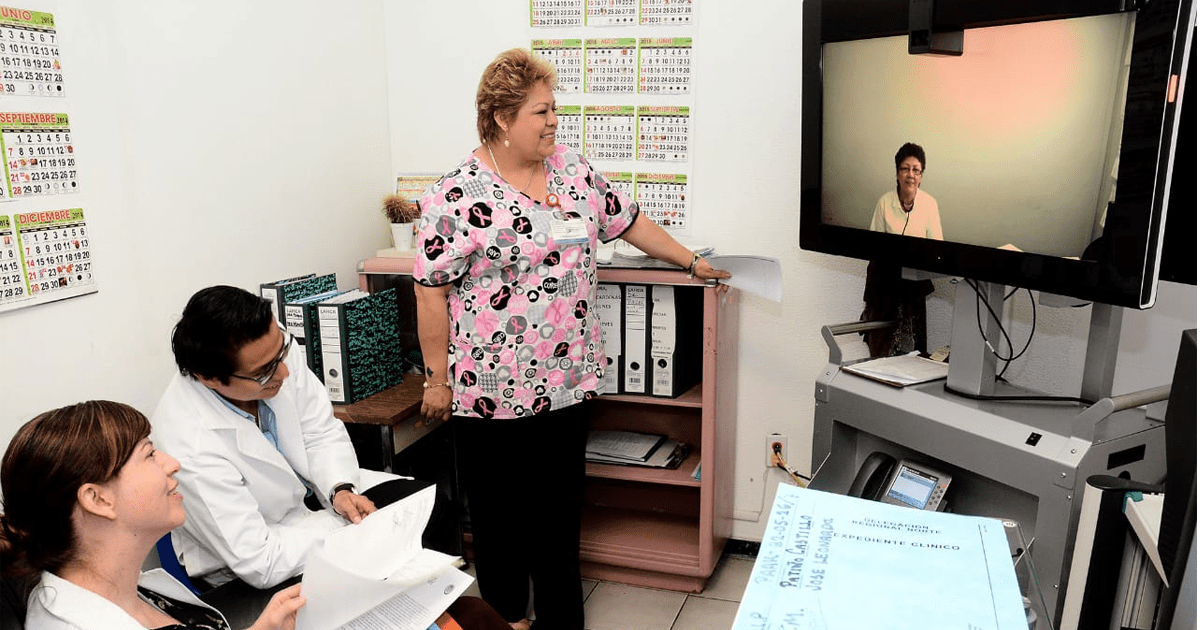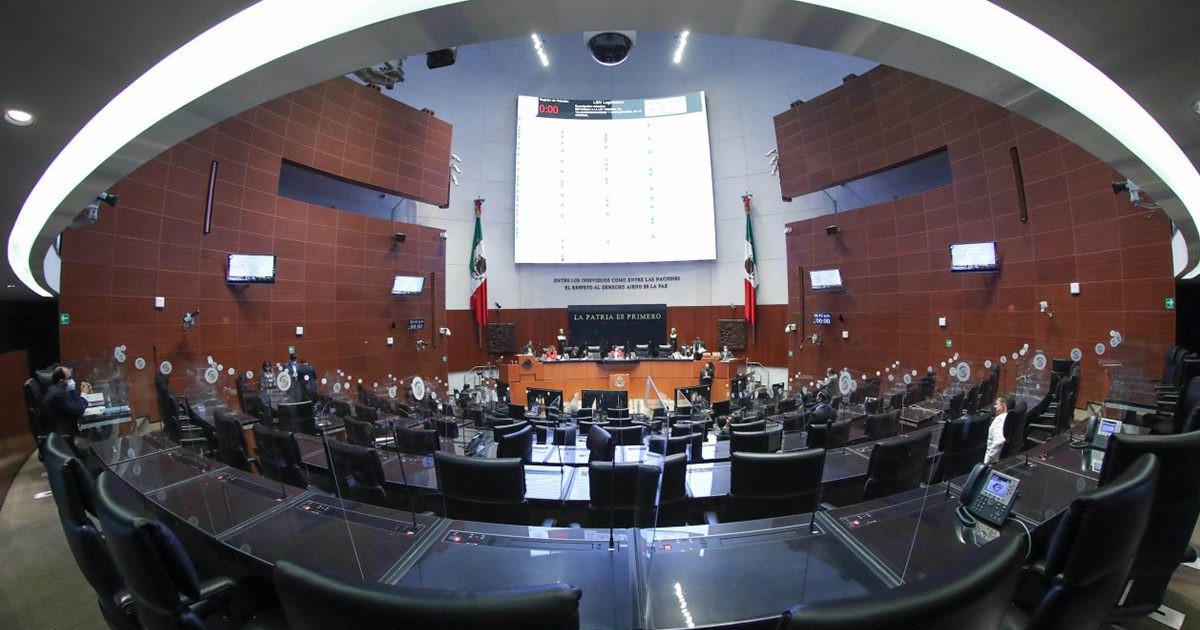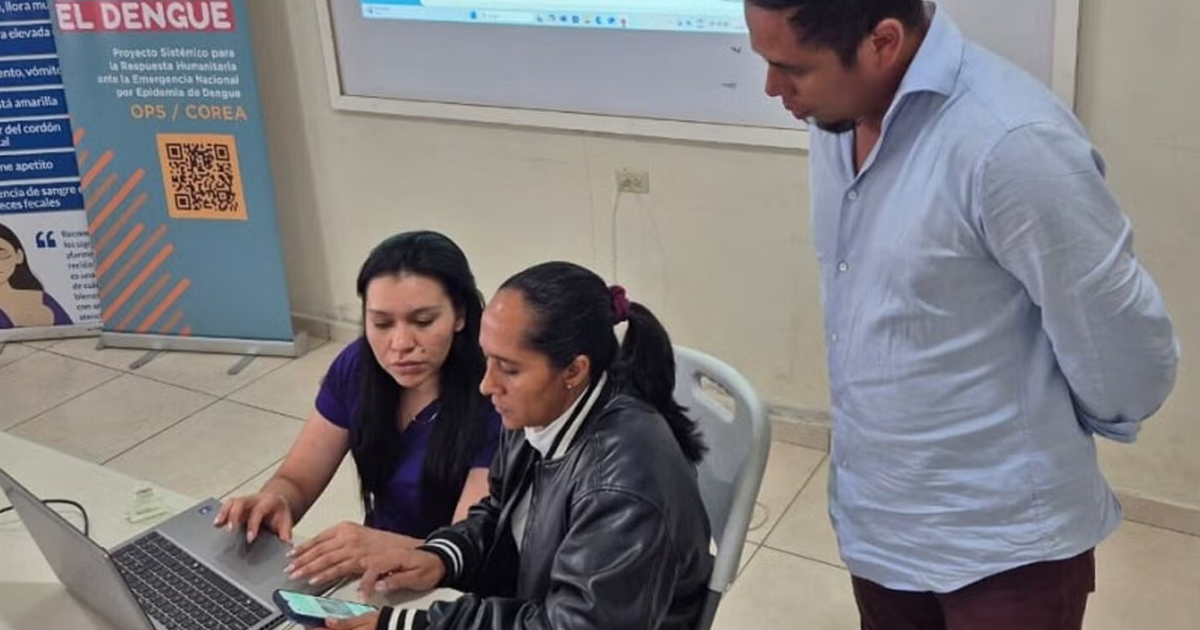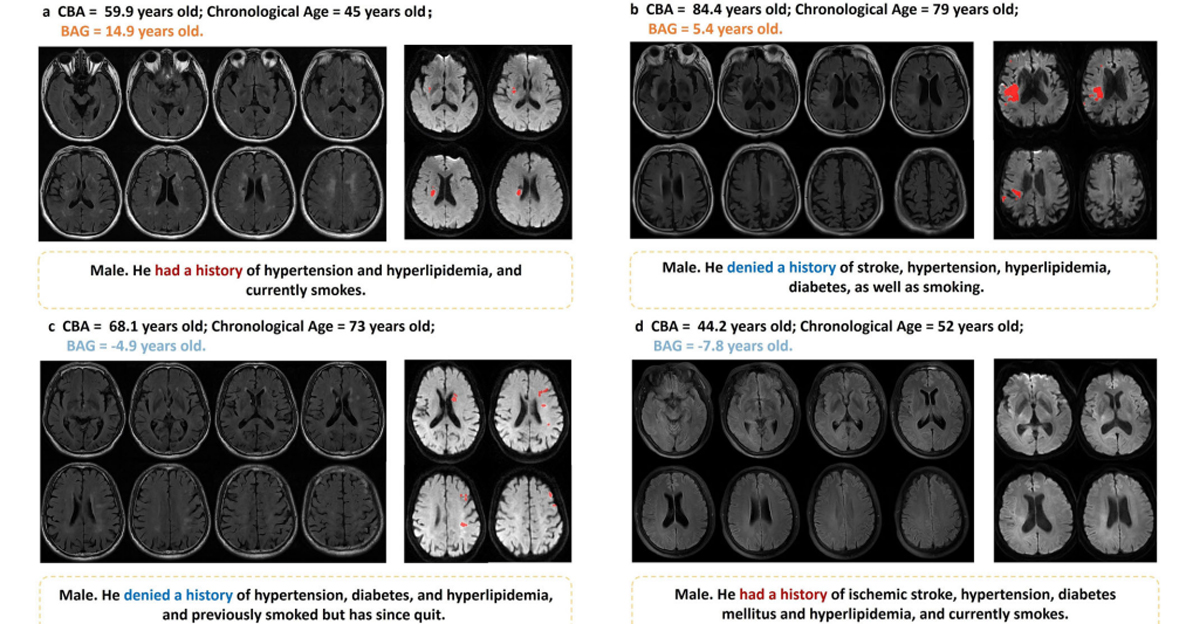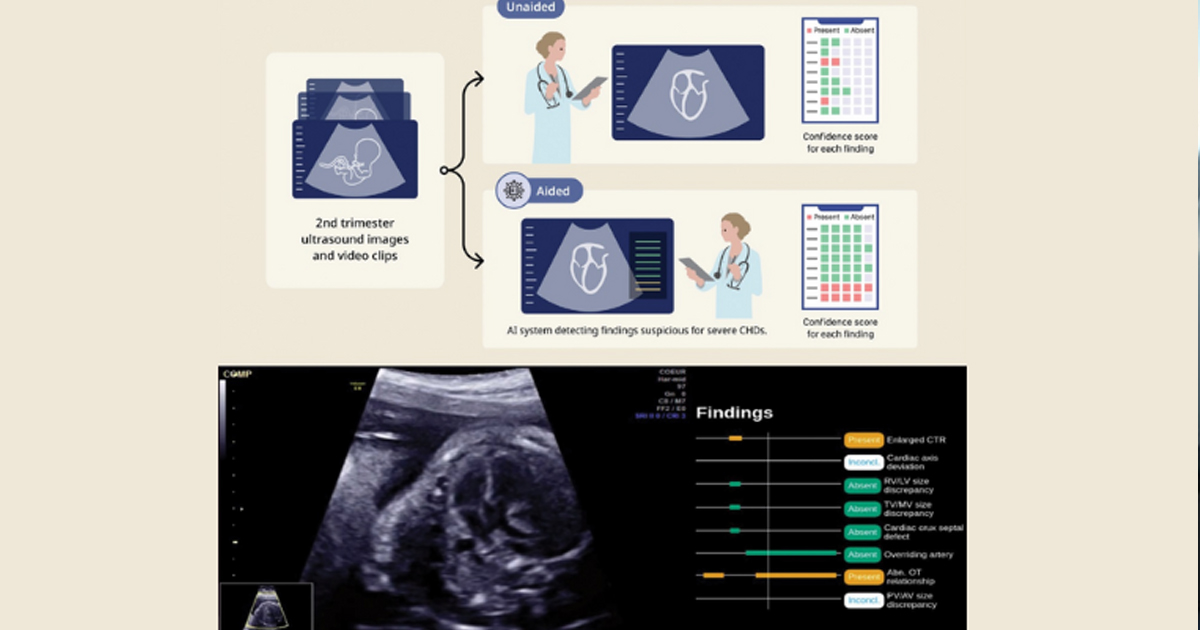Dado que los sistemas de comunicación se desplazan rápidamente mediante la red, el avance de la tecnología para generar telemedicina ha permitido abastecer de soluciones compactas y efectivas que se adaptan a las necesidades de cada región.
El tratamiento de los pacientes está evolucionando proporcionalmente al desarrollo tecnológico que se expande rápidamente a través del mundo. El cambio está permitiendo mejorar los servicios de salud de la población, incluidas las terapias para combatir enfermedades crónicas en pacientes de edad avanzada.
La atención médica se ha centrado mucho más en el consumidor por medio de las cuatro áreas en las que el desarrollo de la tecnología aporta para el funcionamiento correcto de los hospitales:
- Improve patients experience.
- Reduce costs.
- Mejora la salud de la población.
- Experiencia clínica.
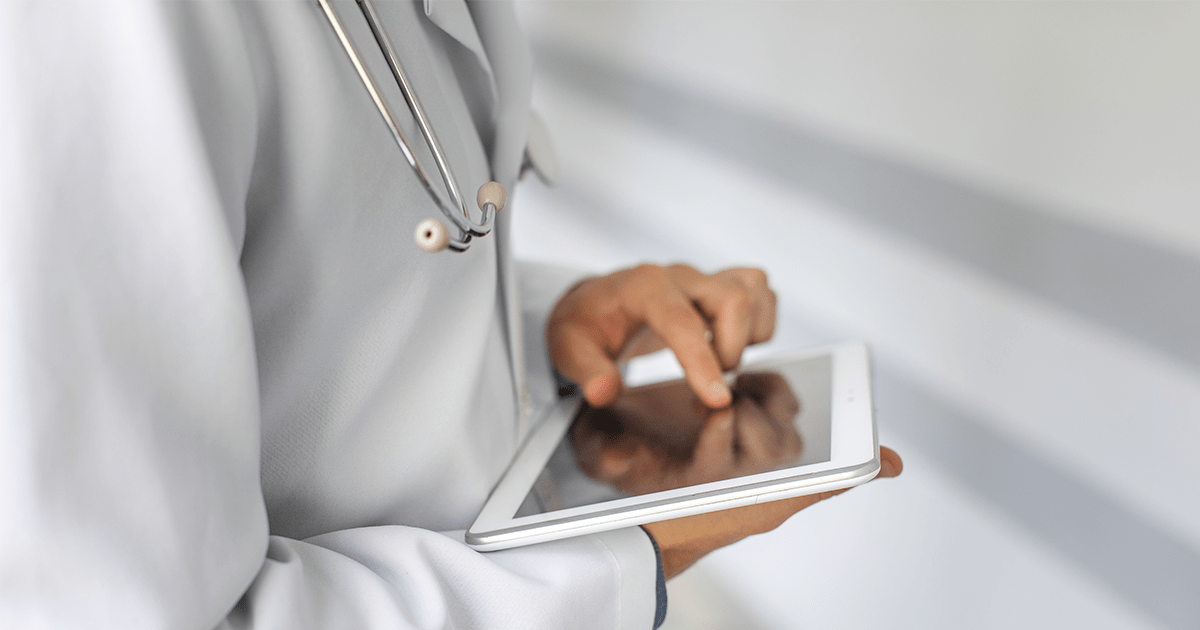
Para lograr dicha asistencia, los centros de salud se arman con herramientas que funcionan con el Internet de las cosas (IoT), así los dispositivos tecnológicos estarán conectados entre sí de manera simultánea y en tiempo real para optimizar la obtención médica y quedar a disposición de pacientes que tal vez no cuente con la facilidad para acudir personalmente al hospital.
En este sentido, la capacidad de estas herramientas reside en la posibilidad de almacenar información en la nube y proveer a las plataformas digitales de distintas capacidades de acuerdo con su propósito:
- Dispositivos externos portátiles: auxiliares compactos para regular y dar seguimiento a ciertos casos como control de glucosa y presión arterial.
- Dispositivos médicos implantados: parte del paciente para mantener estable su estado salud día con día; un ejemplo es el marcapasos.
- Dispositivos médicos estacionarios: instalados en cada especialidad de los centros de salud para generar resultados más precisos en procedimientos como lo son los rayos X y la resonancia magnética.
Los cambios en la interacción médico-paciente tienen como objetivo brindar servicios más convenientes que les permitan centrarse exclusivamente en los usuarios. El personal clínico que tiene experiencia positiva en el apoyo a la tecnología, generalmente tiene una mayor productividad, una mayor flexibilidad en su labor diaria y, un mayor flujo de trabajo permitiendo resultados positivos asociados a la reducción de tiempo, costos y el aprovechamiento de recursos.
Otro punto clave al mejorar la Digital Health es el uso de la telemedicine, subyugada por softwares que operen con Artificial Intelligence (AI) o Realidad Virtual (VR) y al ser embonadas con el internet de las cosas médicas (IoMT) permitan manejar con seguridad el procesamiento de información electrónica haciendo funcionar robots destinados a ejercer las prácticas especializadas con el objetivo de perfeccionar las técnicas.
La transformación digital es necesaria para que las organizaciones de atención médica sigan siendo competitivas y aseguren la madurez de sus servicios. Los retos para incrementar la modernización de los servicios de salud implican esfuerzos proyectados hacia la recopilación de información y a la educación pública en torno a la telemedicine que marque diferencias de calidad.


